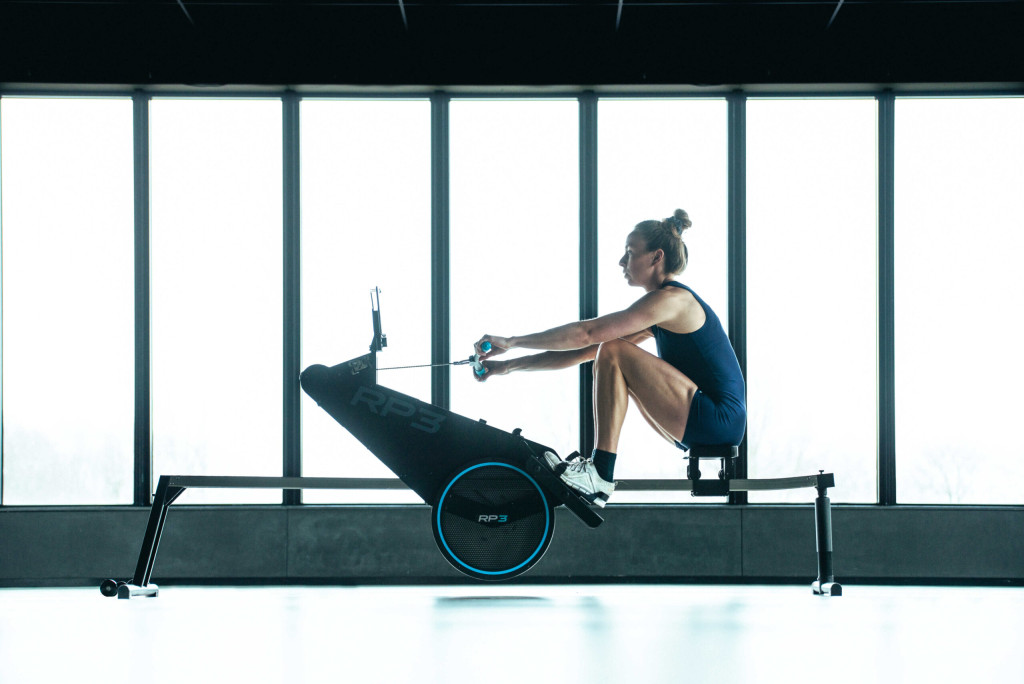Best low-impact cardio options for home
Discover 5 effective low-impact cardio options for home workouts that protect your joints while boosting fitness. Transform your health journey with these sustainable exercises for
The ideal rowing session length at home varies based on your fitness level and goals. For most adults, effective rowing workouts range from 15-60 minutes per session. Beginners should start with 10-20 minute sessions, focusing on proper form, while intermediate rowers might aim for 20-40 minutes. Advanced enthusiasts can benefit from 30-60 minute workouts with varied intensity. Regardless of duration, consistency and proper technique are more important than session length for achieving long-term fitness benefits from your dynamic rowing machine.
Determining the right amount of time to spend on your rowing machine depends on several key factors unique to your situation. Your current fitness level serves as the foundation—beginners need shorter sessions to build endurance without risking injury or burnout, while experienced rowers can sustain longer workouts with greater intensity.
Your specific fitness goals also dictate optimal session length. Weight loss often benefits from moderate-length sessions with interval training, muscle building requires shorter, more intense workouts, and cardiovascular improvement can be achieved through longer, steady-state rowing.
Time availability plays a practical role too. Even a consistent 15-minute daily session delivers significant benefits compared to infrequent longer workouts. Your recovery capacity matters as well—factors like age, sleep quality, and overall stress levels influence how much rowing your body can effectively handle per session.
Listen to your body and adjust accordingly. The perfect session length allows you to challenge yourself while maintaining proper form throughout, leaving you feeling invigorated rather than depleted.
Beginners should start with just 10-20 minutes per rowing session. This moderate duration allows you to focus on developing proper rowing technique without excessive fatigue that might compromise form. Short sessions also help prevent overuse injuries as your body adapts to this new full-body exercise.
During these initial weeks, prioritise quality over quantity. Pay careful attention to your stroke sequence—legs, back, arms during the drive, then arms, back, legs during the recovery. Maintain a lower stroke rate (18-22 strokes per minute) to ensure control and proper execution of each movement.
As your comfort and endurance improve, gradually add 2-3 minutes to your sessions each week. This progressive approach builds confidence and conditioning simultaneously. Many beginners find success following this pattern:
Remember that consistency trumps duration—three 15-minute sessions per week will yield better results than one exhaustive 45-minute workout. Always consult with your doctor before beginning any new exercise regimen, especially if you have existing health conditions.
Yes, rowing for 20 minutes daily can make a significant difference to your fitness. This duration hits the sweet spot of being long enough to provide meaningful cardiovascular benefits while remaining short enough to fit into busy schedules. A consistent 20-minute daily rowing routine can burn approximately 150-300 calories per session (varying by weight and intensity), contributing effectively to weight management goals.
The full-body workout nature of rowing means even this modest time investment engages 86% of your muscles, building strength in your legs, core, back, and arms simultaneously. Research suggests that consistent moderate-duration cardio improves heart health by lowering resting heart rate and blood pressure over time.
Beyond physical benefits, this timeframe is psychologically effective—long enough to experience the mood-enhancing effects of exercise but short enough to remain mentally engaging. Many people report improved focus and reduced stress following these brief but effective sessions.
The key is consistency. A daily 20-minute session will yield far better results than sporadic longer workouts. If time constraints make longer workouts impossible, rest assured that your 20-minute commitment is making worthwhile improvements to your overall health and fitness.
A well-structured 30-minute rowing workout balances effective training with time efficiency. Begin with a 5-minute warm-up at a relaxed pace (18-20 strokes per minute) to prepare your muscles and cardiovascular system for more intensive work. This prevents injury and optimises performance for the main segment.
For the 20-minute main workout, consider one of these effective formats:
Complete your session with a 5-minute cool-down at a relaxed pace, gradually reducing your intensity. This helps clear lactic acid from your muscles and brings your heart rate down safely.
For variety, you can adjust the intensity of your main segment throughout the week—perhaps using steady-state on Monday, pyramid intervals on Wednesday, and Tabata on Friday. This variation challenges different energy systems and prevents training plateaus.
For weight loss goals, aim for rowing sessions lasting 30-45 minutes at moderate intensity or 20-30 minutes of high-intensity interval training (HIIT). Moderate-intensity sessions create a sustainable calorie deficit without excessive stress on your body, while shorter HIIT workouts boost your metabolic rate for hours afterward through the excess post-exercise oxygen consumption (EPOC) effect.
Consistency matters more than duration—regular sessions of moderate length yield better results than occasional marathon rows. The metabolic benefits of rowing come from both the immediate calorie burn during your session and the increased basal metabolic rate that follows properly structured workouts.
Consider this effective approach for weight management:
Pair your rowing regimen with proper nutrition for optimal weight loss results. Remember that sustainable fat loss typically occurs at a rate of 0.5-1kg per week, so maintain realistic expectations and focus on consistency rather than extreme session lengths.
For optimal results, most home rowers should aim for 3-5 rowing sessions per week. This frequency provides sufficient stimulus for fitness improvements while allowing adequate recovery between workouts. Recovery is when your body adapts and strengthens, making it just as important as the workouts themselves.
Your weekly rowing schedule should reflect your fitness goals:
Allow at least one full rest day per week for proper recovery. If you’re rowing 5+ days weekly, incorporate “light” days with shorter, less intense sessions to prevent overtraining. Many experienced rowers follow a pattern of “hard day, easy day” to optimise both training stimulus and recovery.
Balance is key—rowing engages most major muscle groups, but consider complementing it with mobility work, resistance training for non-rowing muscle groups, and activities that improve flexibility. As with any exercise programme, consult your doctor before making significant changes to your routine, especially if you have existing health conditions.
No matter how long your rowing sessions are, certain principles ensure you maximise every minute on your indoor rowing machine. Prioritise proper technique above all else—even short sessions with excellent form yield better results than longer workouts with inefficient movement patterns. Focus on maintaining a smooth power curve and full stroke length to engage muscles effectively.
Be intentional about intensity—varying your effort levels between sessions prevents plateaus and keeps workouts engaging. Track your progress using metrics like distance, split times, or calories burned to maintain motivation and measure improvement objectively.
Remember that consistency trumps occasional heroic efforts. Regular moderate sessions produce better long-term results than infrequent exhaustive workouts. Listen to your body and adjust session length based on energy levels, recovery status, and available time.
At RP3 Rowing, we believe the ideal session length is one that you can maintain consistently while challenging yourself appropriately. Our dynamic rowing machines are designed to provide an efficient, effective workout regardless of session duration, offering the most realistic on-water experience possible. Whether you’re rowing for 15 minutes or an hour, each stroke on an RP3 contributes meaningfully to your fitness journey. Understanding the science of rowing can help you develop more effective workouts tailored to your specific goals.
If you’re interested in learning more about the benefits of rowing, reach out to our team of experts today.
Discover 5 effective low-impact cardio options for home workouts that protect your joints while boosting fitness. Transform your health journey with these sustainable exercises for
Discover 5 effective low-impact exercises that protect your back while maintaining fitness intensity. Learn proper form techniques to strengthen your spine without risking injury.
Discover 5 effective home workouts that build strength without stressing your joints. Learn fluid movement techniques for pain-free exercise that delivers results while protecting your
Discover effective low-impact fitness strategies that build strength and cardio health without damaging your joints. Learn sustainable workout techniques for long-term health and injury prevention.
Discover 5 effective full-body low-impact workouts perfect for beginners that protect your joints while building strength and fitness. Start your sustainable exercise journey today!
Discover how low-impact fitness creates sustainable health benefits without joint pain. Learn 5 full-body workouts that deliver results while preserving your body for decades of
Discover why low-impact workouts deliver powerful fitness results without joint damage. Learn 6 key benefits and find the perfect exercise for sustainable daily fitness that
Discover why low-impact training on recovery days accelerates muscle repair, prevents injuries, and boosts long-term fitness gains. Learn optimal activities and avoid common recovery mistakes.
Discover why rowing machines deliver a complete workout while protecting your joints. Engage 85% of your muscles with zero impact stress—perfect for fitness enthusiasts of
Discover effective low-impact exercises perfect for returning to fitness after breaks or injuries. Learn 5 joint-friendly workouts that rebuild strength while preventing setbacks on your
Discover how rowing uniquely engages 85% of your muscles while enhancing flexibility in one efficient workout. Build strength and mobility simultaneously without stressing your joints.
Discover 5 low-impact routines that challenge your entire body without stressing your joints. Build strength and burn calories while protecting your knees, hips, and spine.
Discover how consistent low-impact activity delivers powerful physical and mental benefits without joint stress. Build fitness, reduce stress, and improve mobility through sustainable daily movement
Discover why rowing machines offer the ultimate low-impact, full-body workout for home fitness. Get 85% muscle engagement with minimal joint stress—perfect for all ages and
Discover how low-impact exercise protects your joints while delivering powerful fitness results. Learn 5 joint-friendly workouts that maintain mobility and prevent pain as you age.
Discover how to build sustainable low-impact fitness habits that protect your joints while delivering exceptional results. Learn proven strategies for lifelong exercise consistency without pain.

We will send you a personal quote as soon as possible.
As soon as the quote is ready, you will receive a link by email to order directly.
